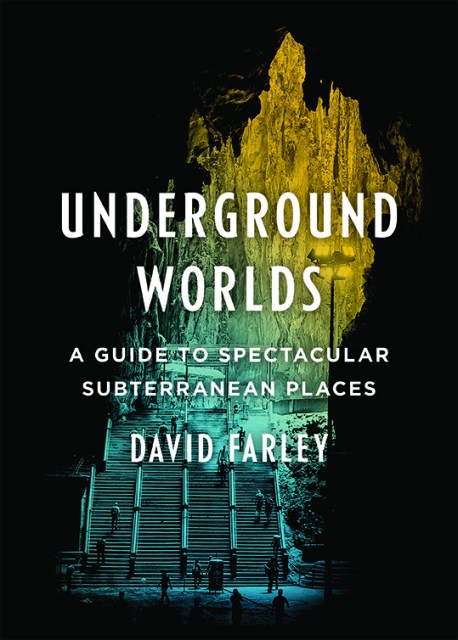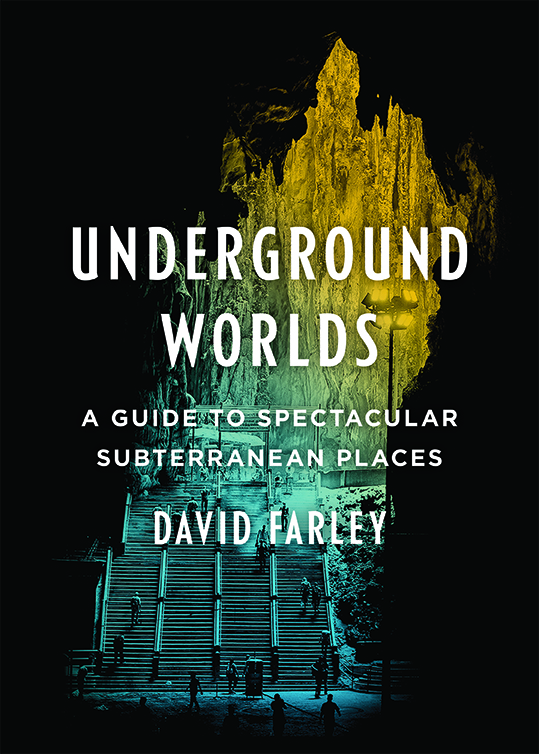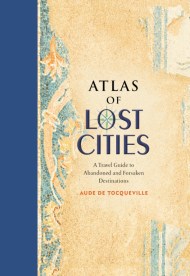Promotion
Use code MOM24 for 20% off site wide + free shipping over $45
Underground Worlds
A Guide to Spectacular Subterranean Places
Contributors
By David Farley
Formats and Prices
Price
$11.99Price
$15.99 CADFormat
Format:
- ebook $11.99 $15.99 CAD
- Hardcover $27.99 $33.99 CAD
This item is a preorder. Your payment method will be charged immediately, and the product is expected to ship on or around May 15, 2018. This date is subject to change due to shipping delays beyond our control.
Also available from:
From bone-filled catacombs to sculpted salt churches to hand-carved cave complexes large enough to house 20,000 people, Underground Worlds is packed with more than 50 unusual destinations that take some digging to find. Award-winning travel writer David Farley revels in the unexpected, whether it is a cave city in China which houses one of the world’s largest collections of Buddhist art or an old salt mine converted into a theme park in Romania.
Stunning photos help readers see places they could not even imagine, such as a three-story underground train station in Taiwan that is home to the a 4,500-panel “Dome of Light” that is the largest glasswork on Earth, as well as secret spaces, such as an ornate temple built beneath a suburban home in Italy. Throughout the fascinating text are themed entries of underground systems such as the 2,500-year-old water tunnels of Kish Qanat in Iran or engineering marvels like the New York City steam tunnels.
Genre:
- On Sale
- May 15, 2018
- Page Count
- 240 pages
- Publisher
- Black Dog & Leventhal
- ISBN-13
- 9780316514002
Newsletter Signup
By clicking ‘Sign Up,’ I acknowledge that I have read and agree to Hachette Book Group’s Privacy Policy and Terms of Use







